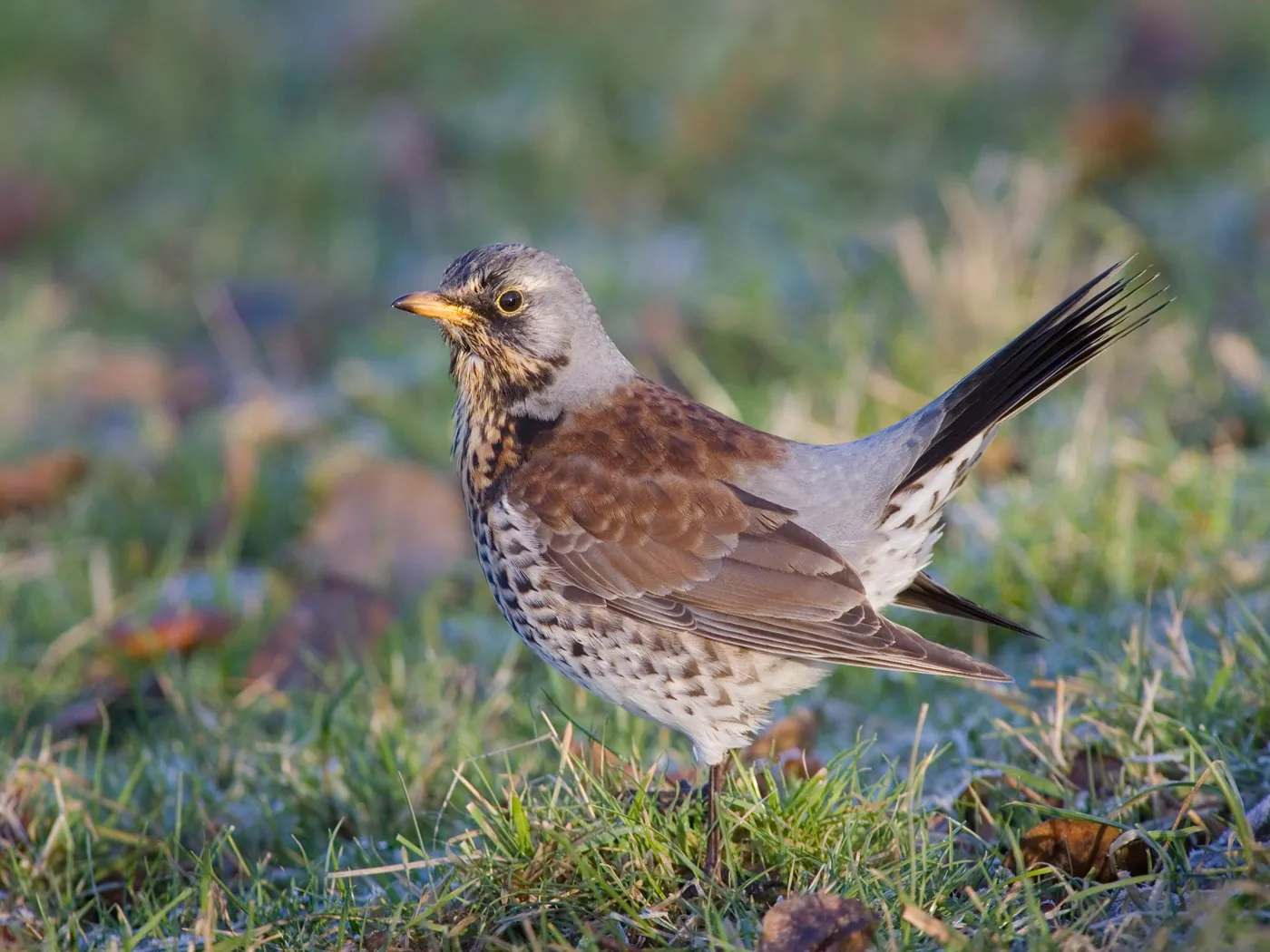Spring and autumn can be exciting times for any birder. Thanks to data submitted by volunteers to BirdTrack, we are able to follow the arrival and departure of migrants through the seasons.
During the months when migration is at its peak, the Migration Blog (migblog) will predict which species you may see in the coming week and where best to look for migrant birds. It might be that cold northerlies put the brakes on any movement, or that high pressure over the continent unlocks one of the largest movements of the season – keep up to date here so you know when and where to see these well-travelled visitors.
BTO Migblog – 05 Dec 2025
A look at bird migration in early December 2025, as winter takes hold.
05.12.2025




